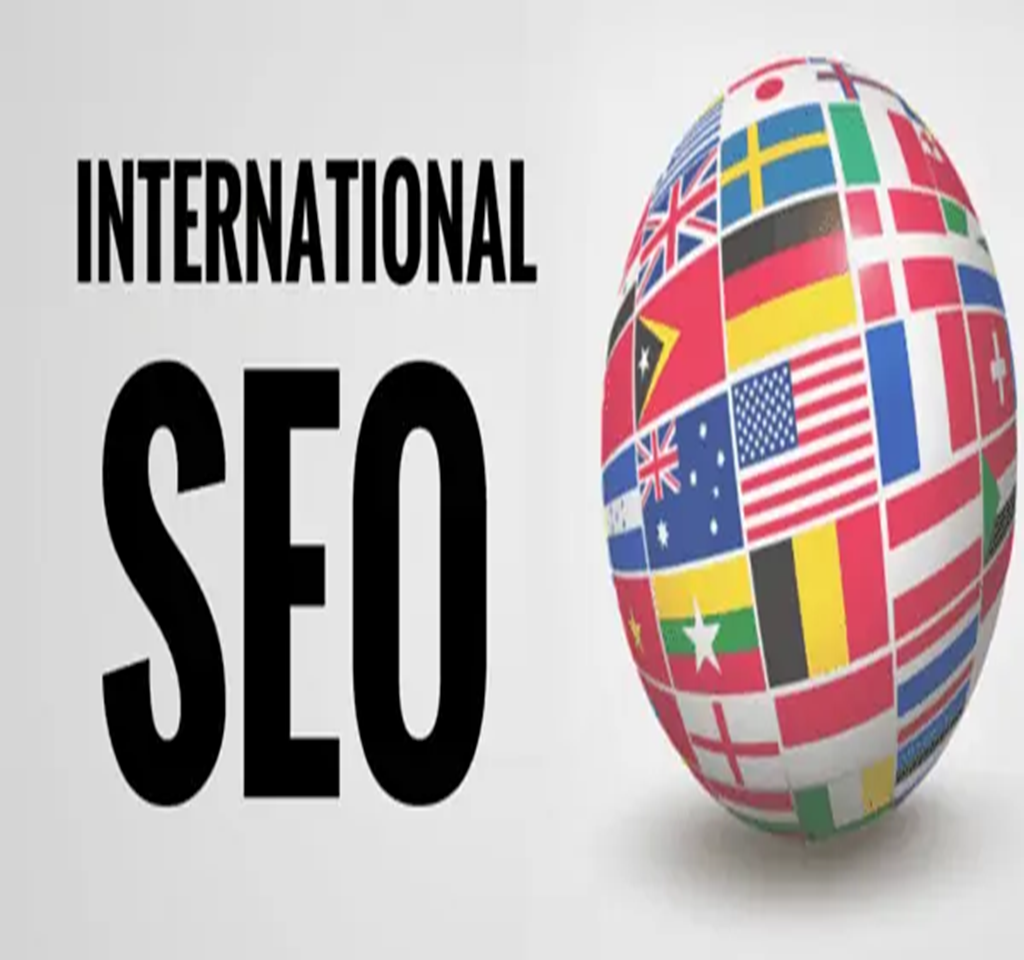Global SEO: Planning, Illustrations & Resources
admin
January 31, 2024

Global SEO: Tactics, Illustrations & Resources
Summary
Are you ready to conquer the global market? This in-depth guide to International SEO offers practical insights for seamlessly implementing SEO strategies across diverse countries. Explore real-world industry examples and discover essential tools to broaden your reach to a wider audience.
Did you know that approximately 70% of online searches are conducted in languages other than English, as reported by Common Sense Advisory in their study titled “Can’t Read, Won’t Buy”? There is a vast potential market waiting to be tapped. If your business aims to target audiences beyond borders, having a website adaptable to different languages and countries is a necessity.
Simply adding a language translator plugin won’t suffice. Successful international searches involve various steps, but don’t worry—we’ll guide you on how to implement international SEO for your business and reap the benefits of a broader audience.
What is International SEO?
International SEO, or Search Engine Optimization, is a strategic plan to make a website perform well in search engines worldwide. In simpler terms, it ensures that your website appears and is easily found by people using search engines in different countries and speaking different languages. The process involves optimizing content, using the right keywords, and considering cultural and regional differences to resonate with a global audience.
Benefits of Implementing International SEO:
Global Reach: Expand your website’s visibility to a worldwide audience.
Targeted Traffic: Attract specific audiences from different regions.
Improved User Experience for Local Audiences: Enhance user satisfaction by adapting content to diverse languages and cultures.
Competitive Advantage: Outperform local competitors in various regions.
Maximized Campaign ROI: Global marketing campaigns yield optimal results by capturing organic traffic.
Cultural Adaptation Creates Connection with Brand: Understand and adapt to cultural differences in search behavior and preferences.
Mobile Optimization: Optimize for mobile users globally, considering the prevalence of mobile searches.
Search Engine Compliance: Adhere to international SEO best practices to stay in line with search engine guidelines.
5 Steps to Create a Successful International SEO Strategy:
Creating an international SEO strategy involves a systematic approach to optimizing your online presence for global audiences.
Here’s a 5-step guide along with examples and recommended tools:
Market Research and Keyword Localization:
Understand target markets through thorough research.
Localize keywords to align with regional search trends.
Example: For the French market, use tools like Google Trends or Ahrefs to discover French-specific keywords.
Multilingual Website Structure:
Develop a website structure translatable into multiple languages.
Implement hreflang tags to indicate language variations.
Example: Amazon effectively uses hreflang tags to serve content in different languages based on user location.
Optimized Content for Cultural Relevance:
Create content that resonates with cultural and linguistic preferences.
Go beyond translation to adapt content to local customs.
Example: McDonald’s tailors its menu to suit local tastes, such as offering McAloo Tikki burger in India.
International SEO Technical Optimization:
Ensure technical optimization of your website.
Create language-specific XML sitemaps for better search engine visibility.
Example: Use Google Search Console to monitor page performance in different languages.
Local Link Building and Social Signals:
Build a strong local backlink profile.
Engage in social media for international SEO.
Example: Connect with local influencers using tools like Moz or Ahrefs for tracking backlinks.
List of International SEO Tools:
Maximize the effectiveness of your strategies with these international SEO tools:
HubSpot:
Facilitates international content strategy.
Provides live tips for on-page SEO improvements.
Google Search Console:
Instrumental in understanding global website performance.
Reveals queries driving traffic and assesses SERP position.
Ahrefs:
All-in-one international SEO toolset.
Analyzes competitors’ rankings and identifies effective keywords.
Moz:
Conducts site audits to identify technical issues.
Tracks keyword rankings and analyzes backlink profiles.
Semrush:
Identifies high-value keywords for international targeting.
Offers insights into global competitors’ strategies.
Google Analytics:
Analyzes the impact of content on an international scale.
Provides insights into user behavior and performance metrics.
International SEO Best Practices:
Irrespective of the chosen method for international SEO, these core best practices remain unchanged. Let’s delve into these essential strategies, particularly within international SEO, using e-commerce as an example.
Audience Keyword Research:
Identify keywords relevant to each target market.
Example: A global shoe retailer targets “trainers” in the UK and “sneakers” in the US.



Content Tailored to Audience:
Develop content aligned with language and culture.
Example: An online fashion store catering to the Middle East creates content reflecting local fashion trends.
Leverage Hreflang Tags:
Prevent content duplication issues and improve user experience.
Example: A multinational electronics brand uses hreflang tags for language-specific redirection.
Strategically Structure URL as Global GPS:
Enhance user understanding with country-specific URLs.
Example: An e-commerce site uses subdirectories like /uk/ or /fr/ to communicate country targeting.
Create Mobile-Optimized Designs:
Provide a seamless experience for mobile users globally.
Example: A global online marketplace ensures mobile responsiveness for optimal user experience.
Localization of Content:
Resonate with diverse cultural preferences for better engagement.
Example: A food and beverage e-commerce platform offers recipes and product descriptions in local languages.
Speak the Language Your Audience Wants to Hear:
Facilitate informed decisions with detailed information in multiple languages.
Example: A tech gadget retailer provides product specifications and reviews in different languages.
Tailor Payment and Shipping:
Adapt to diverse payment preferences and enhance transparency.
Example: An international online marketplace accepts region-specific payment methods and communicates shipping costs.
Optimized Product Images:
Enhance user experience with fast-loading, high-quality images.
Example: A fashion website uses optimized images for a visually appealing experience.
Local Language Customer Support:
Offer effective communication and support in regional languages.
Example: Providing customer support in multiple languages ensures easy assistance.
By following this international SEO checklist, businesses can improve their search engine visibility, providing a gateway to cross-border sales. Partnering with specialized allies like BigBrandInfosys adds an extra layer of expertise, ensuring your brand not only reaches but resonates with international audiences. Contact us today for a personalized one-on-one conversation.
